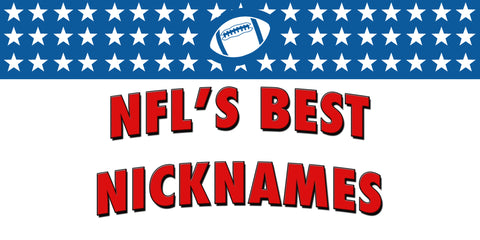In celebration of the new NFL season we bring you the top 15 team nicknames of all time. Drop us a comment and let us know who we missed.
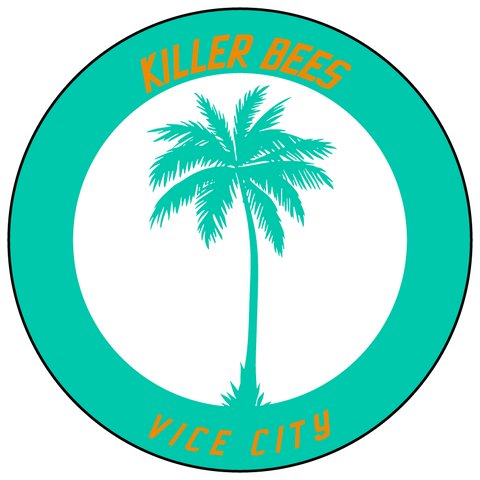
15. Miami Killer B's
The 1982 Miami Dolphins defense, six of their 11 starters had last names that began with the letter "B" (Bob Baumhower, Bill Barnett, Lyle Blackwood, Kim Bokamper, Glenn Blackwood, Charles Bowser, Doug Betters, and Bob Brudzinski). They allowed only 131 points in the strike-shortened, nine-game regular season.
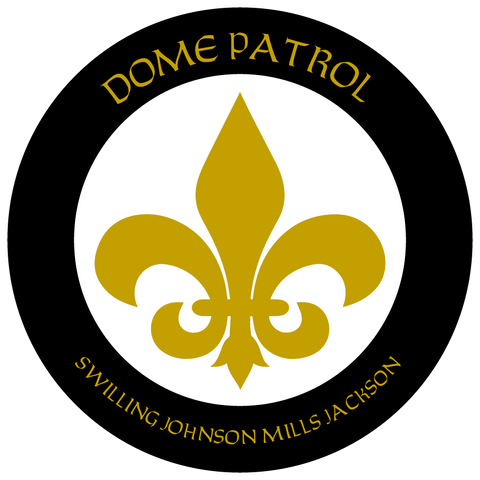
14. New Orleans Dome Patrol
The New Orleans Saints were the first team to send all four LB to the Pro Bowl and they were known as the Dome Patrol. Their linebackers were Rickey Jackson, Sam Mills, Vaughan Johnson & Pat Swilling.
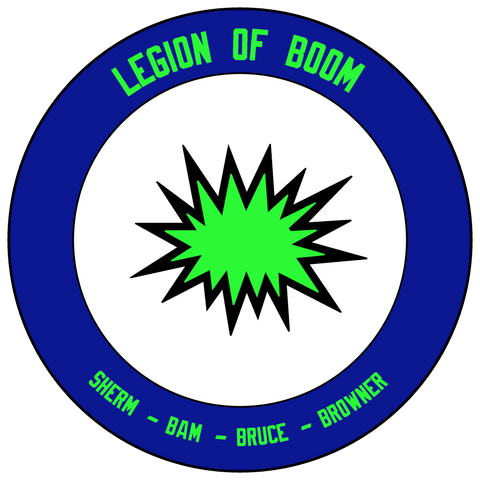
13. Seattle's Legion of Boom
The most contemporary name on this list, the Legion of Boom was a name given to the secondary of the Seattle Seahawks. The members of the Legion are Richard Sherman, Earl Thomas, Kam Chancellor and whoever plays the other corner position. They are known for their ball hawking passing defense and physical hitting style. In their short time together they were able to reach two Superbowls (winning one). They have also led the NFL in multiple passing defense categories. The future is bright in Seattle.

12. San Diego's Air Coryell
Nicknamed for coach Don Coryell’s offensive scheme. Coryell was one of the first coaches to utilize the vertical passing attack. His reign in San Diego went from 1978 to 1983, his teams included Dan Fouts, Charlie Joiner, Kellen Winslow, John Jefferson and Chuck Muncie.

11. The New York Crunch Bunch
The Crunch Bunch was the nickname for the group of New York Giants defensive linebackers in 1981, 1982 and 1983. Their core featured Lawrence Taylor, Harry Carson, Brian Kelley and Brad Van Pelt. The linebackers invented their own moniker, then created a company, The Board of Dewreckers, whose sole product was a 16x20” color poster of the four players on a bulldozer, wearing hard hats and looking mean. According to a New York Times article, the profits from the $5 poster became “pocket money” for the Giant’s linebackers. Taylor and Carson would go on to the lead the Giants to a Super Bowl in 1986.

10. Doomsday Defense
Dominant defensive line from the 1970s featuring Ed "Too Tall" Jones, the "Manster" Randy White, John Dutton and Harvey Martin. They dominated opposing offenses, and lead the Cowboys to a Super Bowl win over Denver. Later linemen Harvey Martin and Randy White became the first (and only) teammates (co-MVPs) to win the awar in 1978 when they defeated Denver 27-10.
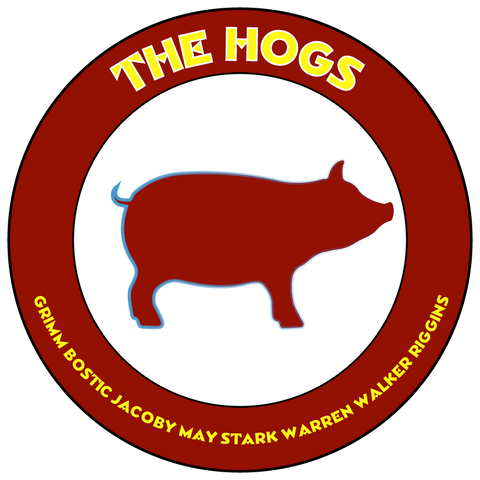
9. The Hogs
The nickname Hogs was born in 1982 when offensive line coach Joe Bugel told Russ Grimm and Jeff Bostic “Okay, you hogs, let’s get running down there.” From there a revolution was born, the powerful offensive line even had their own cheerleaders known as the Hogettes. The Hogs were made up of Jefff Bostic, Russ Grimm, Mark May, Joe Jacoby and George Starke. In 1982 the line weighed in at an average of 273 pounds. They helped lead the Redskins to the 1982 Superbowl Title. They provided key blocking for power back John Riggins and quarterback Joe Theisman. .The Hogs were known to get together in a shed after practice to share a few cold ones. They even made John Riggins an honorary Hog, only of course if Riggins provided the beer.

8. Purple People Eaters
Purple People Eaters were the great defensive line of the Minnesota Vikings from the late 1960s to the late 1970s. The term is a reference to a popular song from 1958. The line featured Alan Page, Jim Marshall, Carl Eller and Gary Larsen. Both Eller and Page would eventually be named to the Hall of Fame. The quartet would help lead the Vikings to four Super Bowl appearances from 1969 to 1976.

7. Oakland's Soul Patrol
Soul Patrol - Secondary of the Oakland Raiders in the 1970s. They consisted of safeties Jack Tatum and George Atkinson, and cornerbacks Willie Brown and Skip Thomas. Known for their vicious hits on defenders. Their explosive play in the secondary helped them to the 1976 Superbowl crown.
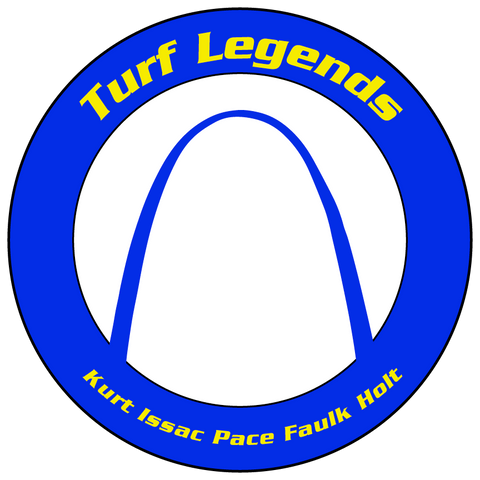
6. Greatest Show on Turf
The Greatest Show on Turf was the nickname for St. Louis Rams' record-breaking offense during the 1999, 2000, and 2001 National Football League seasons. The offense was designed by attacking offensive coordinator Mike Martz who was heavily influenced by Air Coryell of the late 70s. The nickname stolen from Ringling Brothers Greatest Show on Earth and was coined by ESPN’s Chris Berman during the 2000 season. 1999 Super Bowl champs and their high octane offense that featured 5 pro bowlers: Kurt Warner, Issac Bruce, Marshall Faulk, Orlando Pace and Tory Holt. Together they formed the nucleus of the only team in NFL history to score 500+ points in 3 consecutive seasons. Quarterback Kurt Warner and running back Marshall Faulk finished first and second in MVP voting each of the three years, an achievement unmatched in NFL history.

5. Buffalo's Electric Company
The Electric Company was the nickname of the offensive line of the Buffalo Bills during the mid-1970s that helped running back O.J. Simpson establish numerous NFL records. The nickname for the offensive line was a reference to O.J. "Juice" Simpson. They were known for their ability to "turn on the juice," which was a metaphor for unleashing Simpson. Members of the famed line were All-Pro Joe DeLamielleure, All-Pro Reggie McKenzie, Dave Foley, Mike Montler, Donnie Green and Paul Seymour.
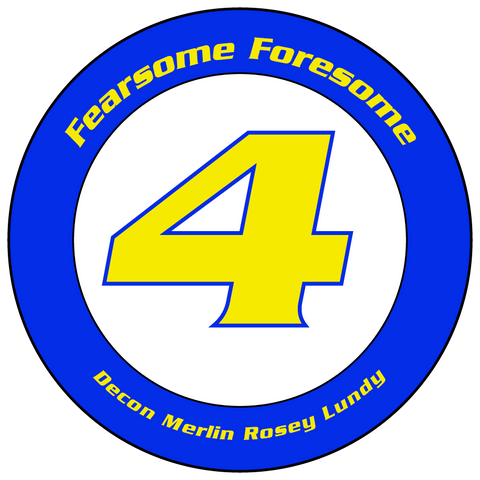
4. The Original Fearsome Foresome
Deacon Jones, Merlin Olsen, Rosey Grier and Lamar Lundy of the Los Angeles Rams were the most dominant defensive line of their era, and perhaps ever. Dick Butkus called them "the most dominant line in football history.” The nickname has been used before and since but no one has been more deserving of the nickname.
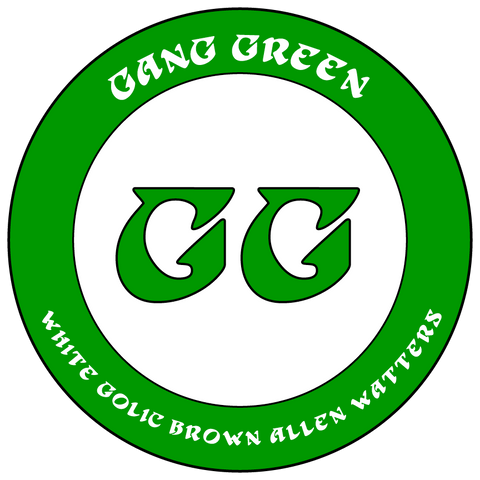
3. Gang Green Defense
The 1991 Philadelphia defense is considered by many to be a top 3 defense of all time. Gang Green was stacked on talent under Buddy Ryan. They terrorized offenses and quarterbacks into fear and submission. The Eagles featured GOAT Reggie White along with Pro Bowlers Jerome Brown, Clyde Simmons, Seth Joyner, Mike Golic, Eric Allen and Wes Hopkins. They led the NFL in rush defense, pass defense and total defense in 1991.
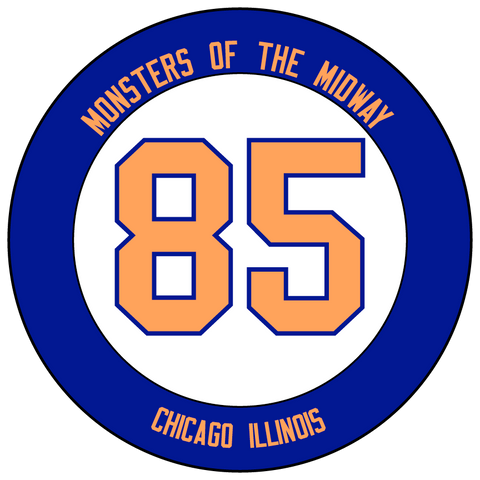
2. Monsters of the Midway
This was an original nickname for the Bears of the late 1940s. During the 1985 season the nickname saw a revival. In 85 the bears went 15-1, dominating their way to a Super Bowl. The defense featuring Mike Singletary, Richard Dent and Dan Hampton, posted two shutouts in the playoffs. Although the Monsters of the Midway nickname is sometimes applied to the Bears team as a whole it is primarily applied to the defensive side of the ball. Where their Tampa 2 and 46 defense embarrassed offensive minded teams. Often referred to as the best defense of all time, and maybe best team ever.
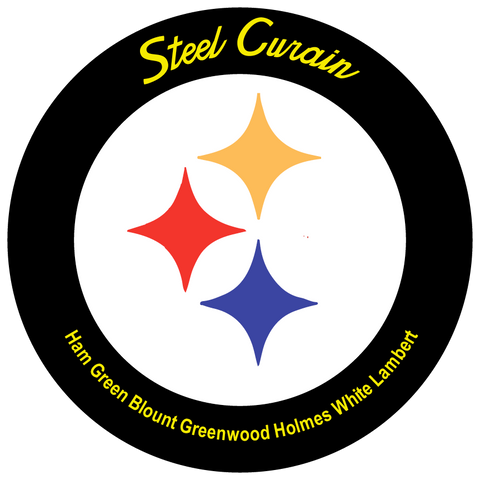
1. Pittsburgh's Steel Curtain
Iconic nickname of the dominant Steelers defense of the 70s. The steel curtain went on to win 4 Superbowls. In 1978 the league had to make rule changes for offenses to be able to combat the Steel Curtain. These rules included allowing offensive linemen to use their hands to block pass rushers like "Mean" Joe Greene, and restricting defensive backs like Mel Blount from being able to bump receivers more than five yards past the line of scrimmage. In 1976 during a nine game stretch, the Steel Curtain allowed only 28 points, including five shut-outs. The Steel Curtain of the 1970s produced four Hall of Fame players: Jack Lambert, Jack Ham, Joe Greene, and Mel Blount. LC Greenwood and Donnie Shell have both been Hall of Fame finalists several times.


